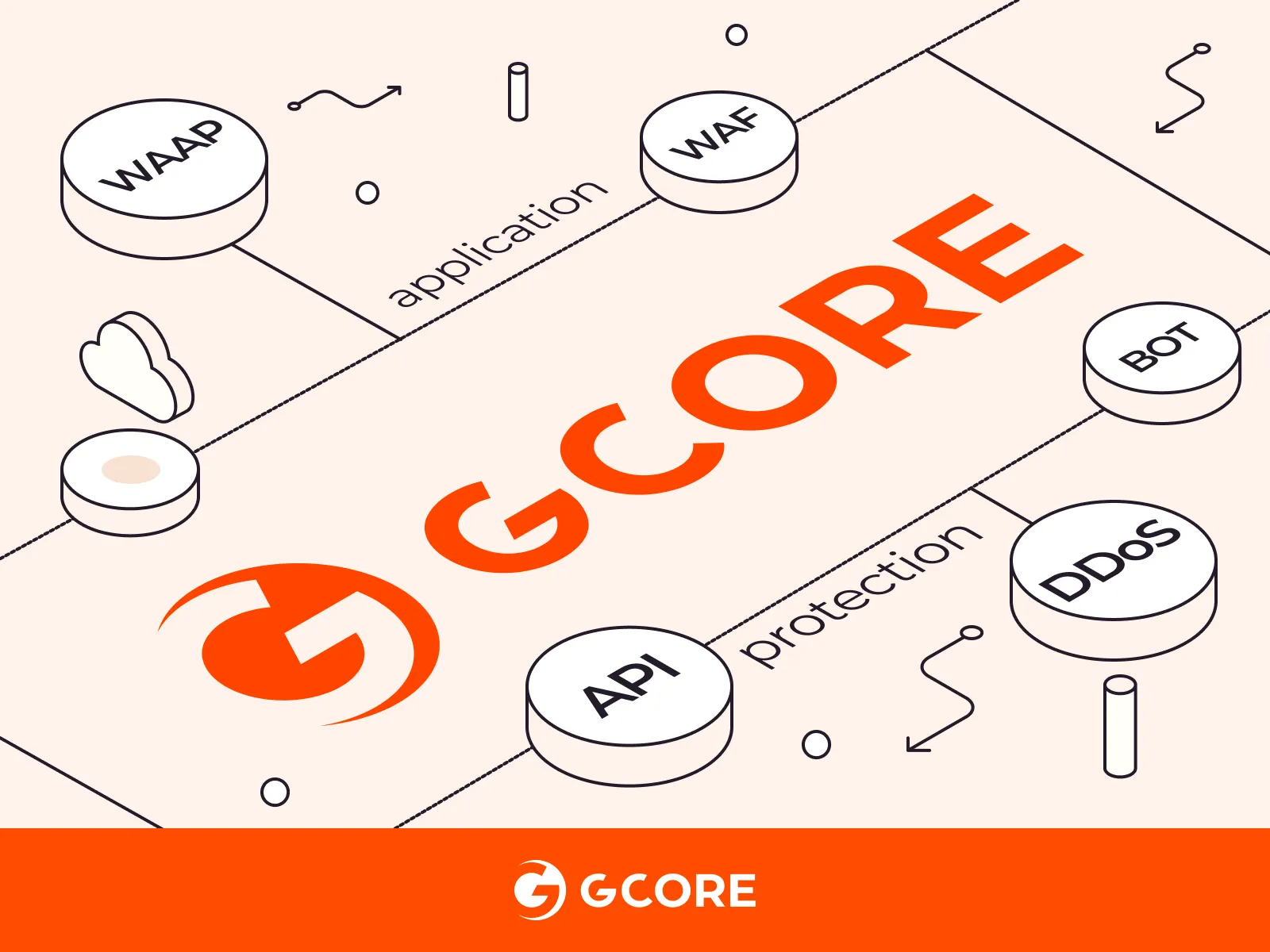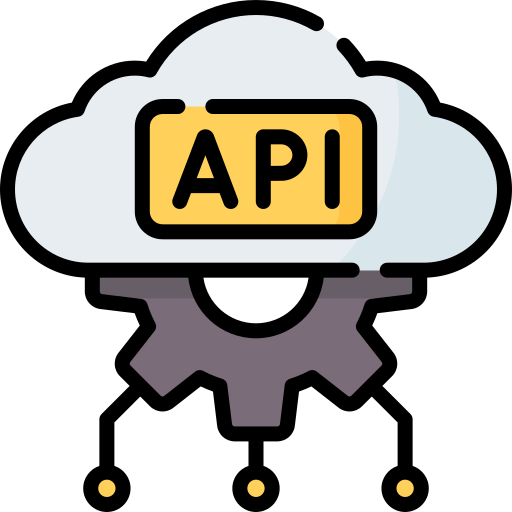GCore, a global hosting provider, offers a robust API (Application Programming Interface) that empowers developers and businesses to automate tasks, streamline cloud management, and integrate GCore’s services into their applications. This article delves into the functionalities and benefits of the Gcore API, equipping you to harness its potential.
Unveiling the Core Features:
- Simplified Cloud Management: The GCore API provides programmatic access to various cloud management features. Users can automate tasks like server provisioning, scaling resources, and managing backups, eliminating the need for manual configuration and saving valuable time.
- Enhanced Resource Control: Gain granular control over your cloud resources. The API allows developers to manage firewalls, DNS settings, and network configurations programmatically, ensuring optimal performance and security for your cloud environment.
- Seamless Data Interaction: The GCore API facilitates data interaction with your cloud resources. Users can upload, download, and manage files stored within their GCore cloud storage, enabling seamless integration with other applications and workflows.
- Integration Made Easy: GCore understands the importance of integration. Their API offers compatibility with various programming languages and tools, allowing developers to effortlessly integrate GCore’s functionalities into their existing applications.
- Security at the Forefront: Security is paramount when dealing with cloud data. The GCore API utilizes secure authentication methods and encrypts data transmission, ensuring the safety and integrity of your information.
Beyond the Basics:
- Customization Options: The GCore API allows for customization. Developers can leverage the API to automate custom scripts tailored to their specific needs, enhancing the flexibility and control over their cloud environment.
- Monitoring and Optimization: The API provides access to performance metrics. Users can monitor resource utilization and identify potential bottlenecks, enabling proactive optimization and cost-efficiency within their cloud infrastructure.
- A Platform for Innovation: By enabling programmatic access, the GCore API opens doors for innovation. Developers can create custom solutions and applications that leverage GCore’s cloud infrastructure, fostering a vibrant ecosystem of possibilities.
Empowering Users:
- Clear Documentation: GCore prioritizes user experience. Their API boasts well-structured documentation with clear examples and code snippets, making it easier for developers of all levels to learn and implement the API functionalities.
- Active Community: Don’t get stuck! GCore fosters a supportive developer community. Users can access forums and resources to seek help, share best practices, and collaborate with other developers.
The Future of Cloud Management:
The GCore API positions itself as a valuable asset for businesses and developers venturing into the cloud computing realm. By providing programmatic access to their cloud infrastructure, GCore empowers users to:
- Automate tedious tasks
- Streamline cloud management processes
- Integrate GCore’s services into custom applications
- Build innovative solutions leveraging cloud technology
With its comprehensive features, user-friendly approach, and commitment to developer experience, the GCore API is poised to play a significant role in shaping the future of cloud management and automation.
Here’s an example using Python and the GCore API to list your virtual machines (VMs) in a specific project:
Python
import requests
# Replace with your actual GCore API credentials
api_key = "YOUR_GCORE_API_KEY"
project_id = "YOUR_GCORE_PROJECT_ID"
# Base URL for the GCore API
base_url = "https://api.gcore.com/v2"
# Endpoint for listing VMs in a project
endpoint = f"{base_url}/projects/{project_id}/virtualmachines"
# Set headers with your API key
headers = {
"Authorization": f"Bearer {api_key}"
}
try:
# Send a GET request to the API endpoint
response = requests.get(endpoint, headers=headers)
response.raise_for_status() # Raise an exception for unsuccessful requests (optional)
# Parse the JSON response
data = response.json()
# Check if there are any VMs
if data["items"]:
print("Your VMs in project", project_id, ":")
for vm in data["items"]:
vm_name = vm["name"]
vm_status = vm["status"]
print(f" - Name: {vm_name}, Status: {vm_status}")
else:
print(f"No VMs found in project {project_id}.")
except requests.exceptions.RequestException as e:
print(f"API request failed: {e}")
Explanation:
- Import requests library: We import
requeststo make HTTP requests to the GCore API. - API Credentials: Replace
YOUR_GCORE_API_KEYwith your actual API key andYOUR_GCORE_PROJECT_IDwith your specific project ID obtained from GCore. - Base URL: The
base_urlvariable stores the base URL for the GCore API. - Endpoint URL: The
endpointvariable constructs the URL for listing VMs within a particular project. - Headers: The
headersdictionary defines the authorization header with your API key. - Sending the Request: We use
requests.getto send a GET request to the specified endpoint with the headers set. - Error Handling: The
try-exceptblock handles potential exceptions during the request. - Parsing JSON Response: If the request is successful, we parse the JSON response using
response.json(). - Checking for VMs: We check if the response contains any VMs using the
itemskey. - Iterating through VMs: If VMs exist, we iterate through them and extract information like name and status.
- Printing Results: The code then prints the retrieved information about the VMs in your project.
This is a basic example demonstrating how to list VMs. You can adapt it further to:
- Use other API endpoints for functionalities like creating, starting, or stopping VMs.
- Process additional data available in the response for more detailed VM information.
- Integrate the code into your application to automate VM management tasks.
Remember to consult the GCore API documentation for a complete understanding of available endpoints and response formats.


